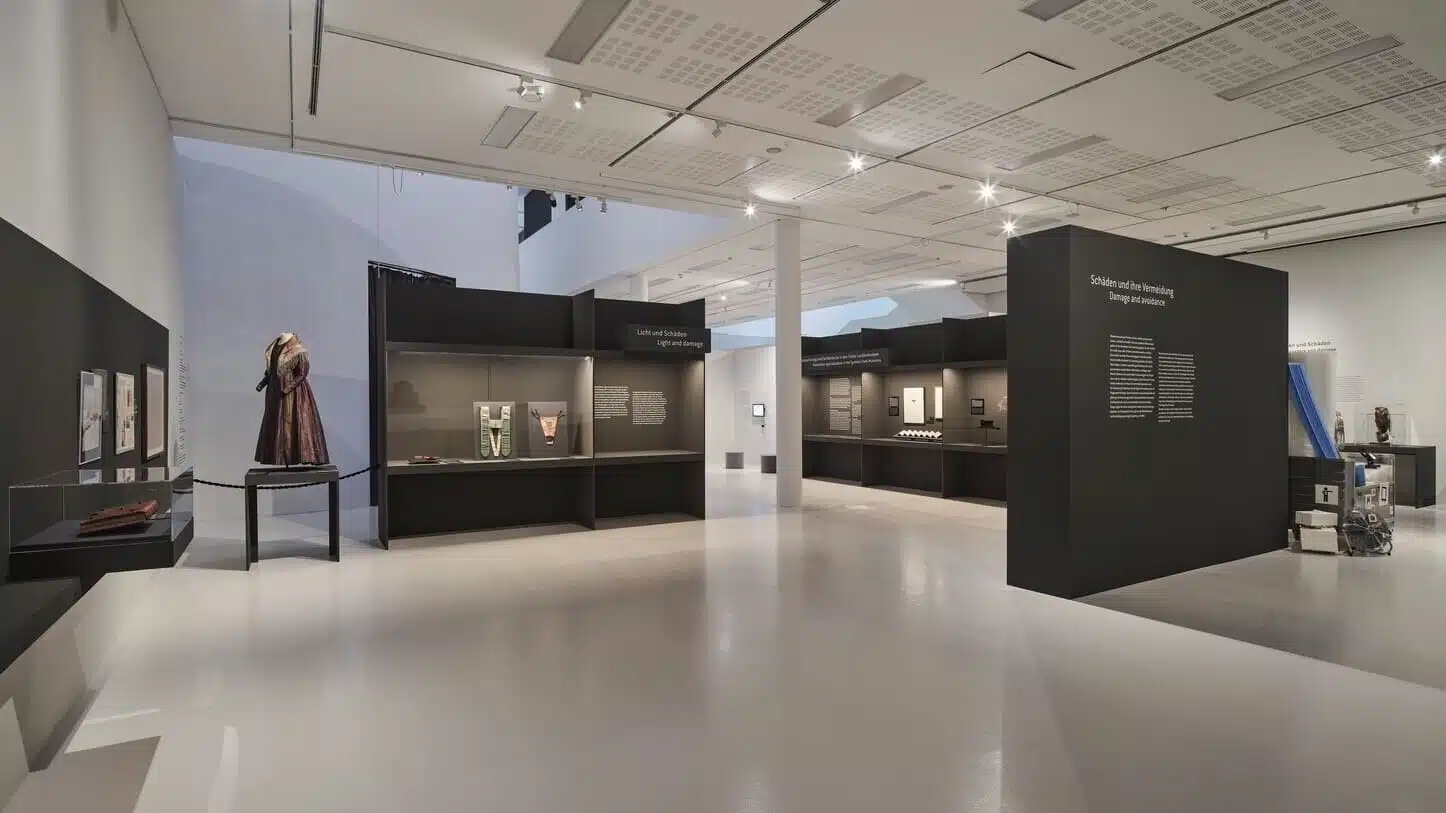What should be paid attention to?
On the occasion of his invitation to the exhibition "In Detail. The World of Conservation and Restoration," we spoke with Alexander Fohs - a state-certified restorer for library and archive materials and responsible for graphic conservation at the Tyrolean Provincial Museums - on the topic of conservation framing. Many of his current restoration cases show damage due to improper archiving or framing. Centuries ago, no one thought that works would one day end up in museums or become important contemporary witnesses. Even we do not know what will happen to our pictures one day. Will the artist, who is still unknown today, become a star one day, will the photo print become a unique specimen because the image file has been lost, or is this one drawing the only memory of a loved one.
Anyone who owns a picture wants to preserve it, to maintain its condition and thus its value. But no one can enjoy them if they slumber in dark archives. If a few basic points are observed, pictures can be displayed with a clear conscience and preserved for the future. But the more sensitive or valuable the picture, the higher the level of protection should be.
The spectrum ranges from self-reproducible images, such as own photo prints, to expensive editions or unique copies, to centuries-old documents, certificates and works. Even in the case of own prints, avoidable damage should be prevented - if only for reasons of sustainability. In the case of unique works, the necessity is self-evident.
Five points of a conservational framing
Like everything, the paper and ink of pictures are subject to an aging process. Light, acids, adhesives and humidity can accelerate this and cause irreparable damage. Therefore, a good framing must keep out harmful environmental factors and must not cause damage itself. Not every picture frame meets these requirements and even MDF backs do not meet the minimum requirements. Therefore, all HALBE magnetic frames are equipped with PAT tested hard foam board or aging resistant back board made of Klug corrugated cardboard and thus offer the best basis for conservation framing.
Because it pays to follow the basics of conservation framing to avoid costly - if at all possible - restoration later. These five points form the basis:
- Light: protection from light, especially UV light.
- Distance: avoid contact with glass
- Material: contact only with acid-free and aging-resistant material.
- Mounting: avoid bonding
- Environment
All points with examples can be found here: https://www.halbe-rahmen.de/en/know-how/conservation-framing/
If you take these five tips to heart, you have done a lot to preserve the value of your paintings. For real treasures, you can find local experts via the Association of Restorers www.restauratoren.de. This article was supported by Alexander Fohs - Tiroler Landesmuseum and Michael Kühner - KLUG CONSERVATION.
Until 25.6.2023, the Tyrolean Provincial Museum is providing an insight into the often hidden world of conservation and restoration in the exhibition "In Detail. The World of Conservation and Restoration".
